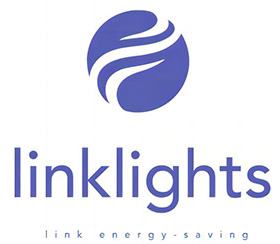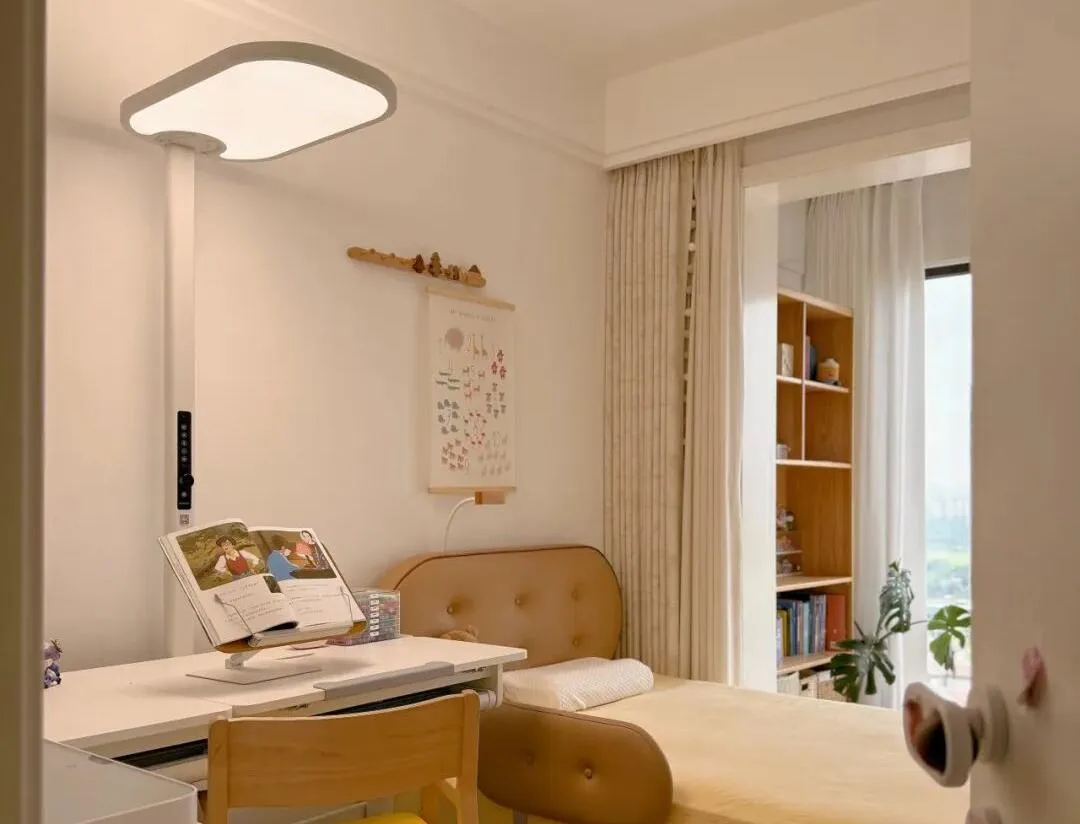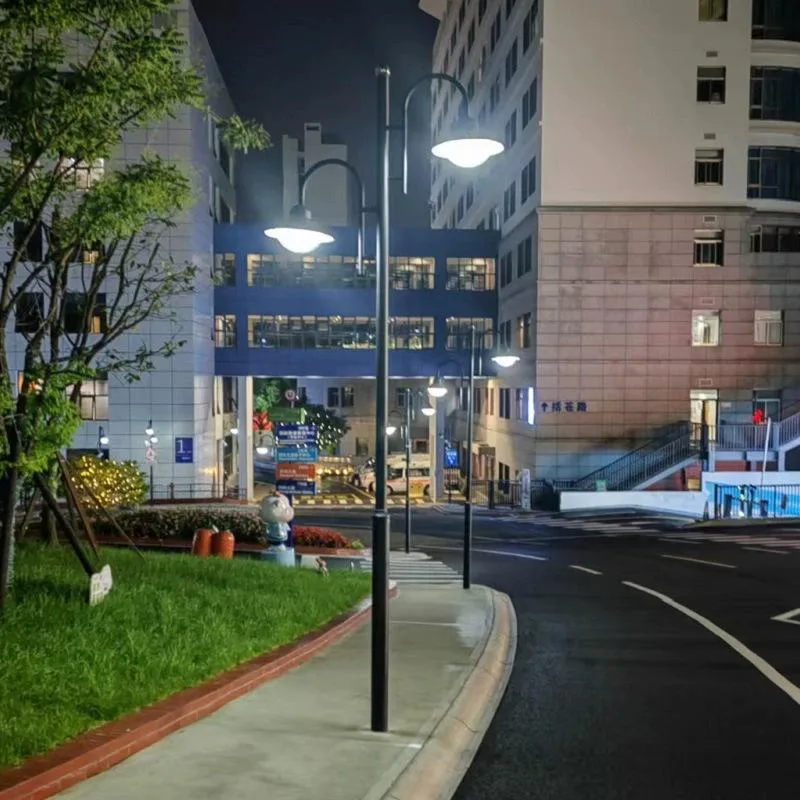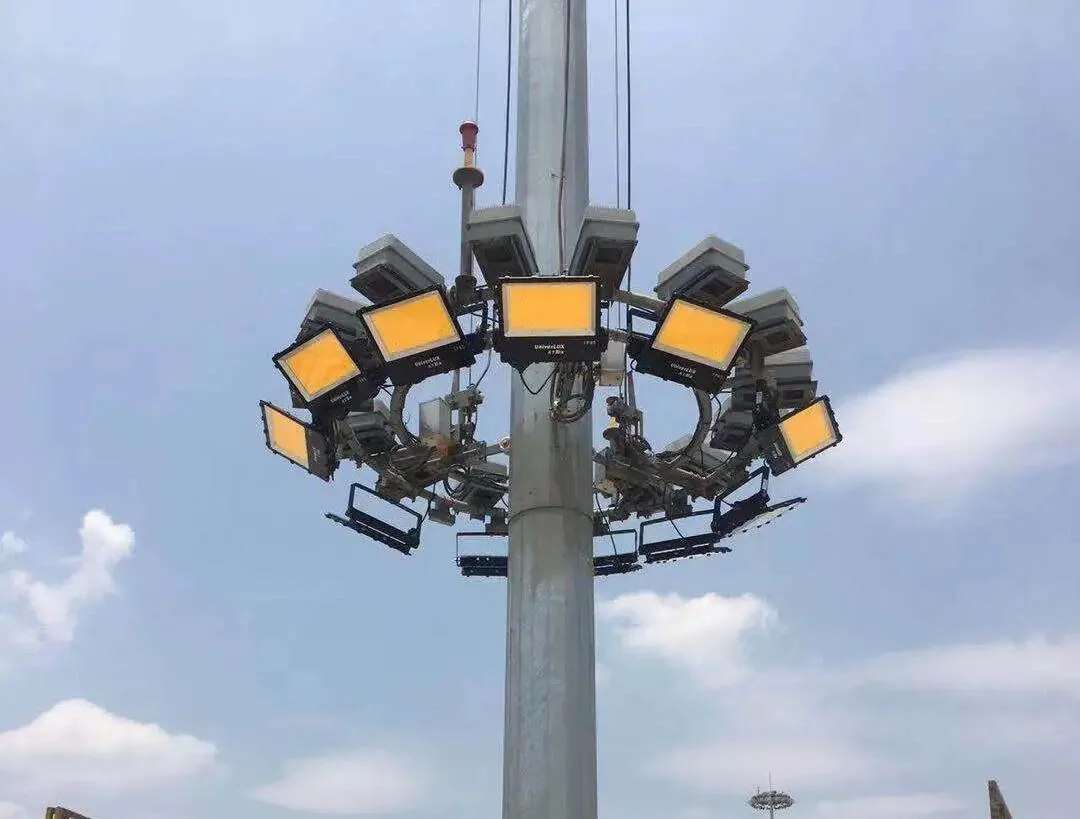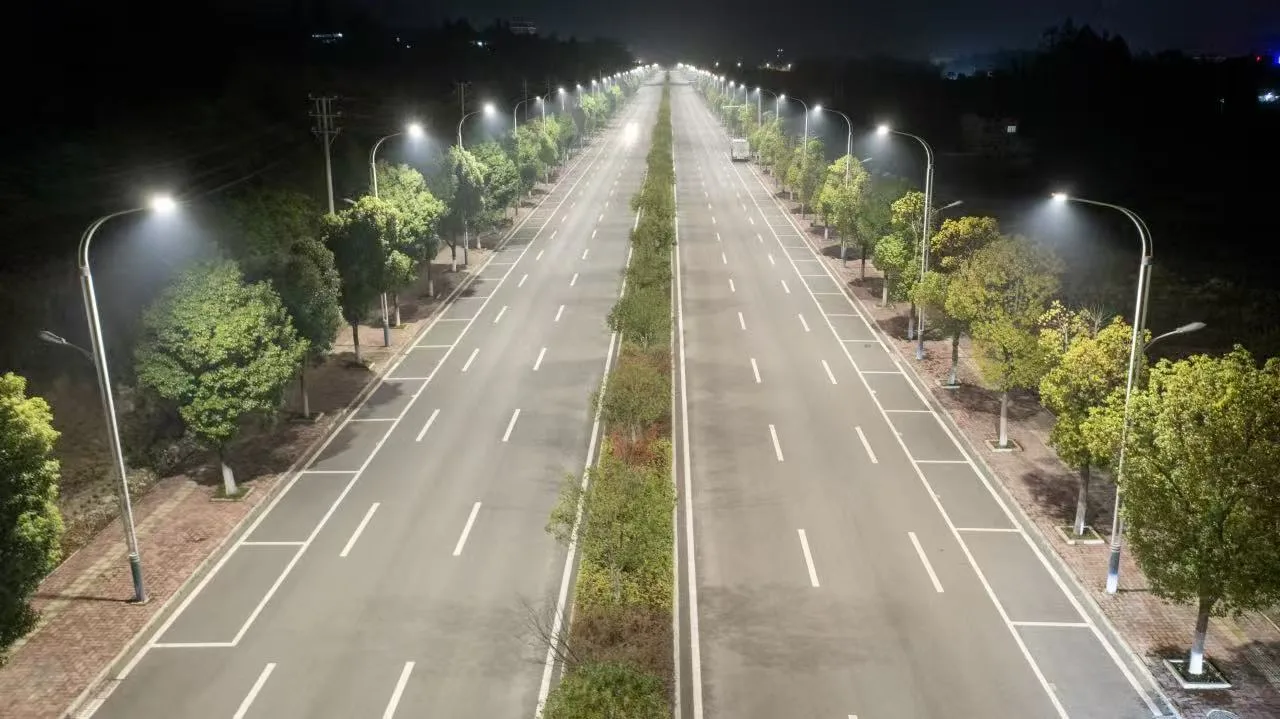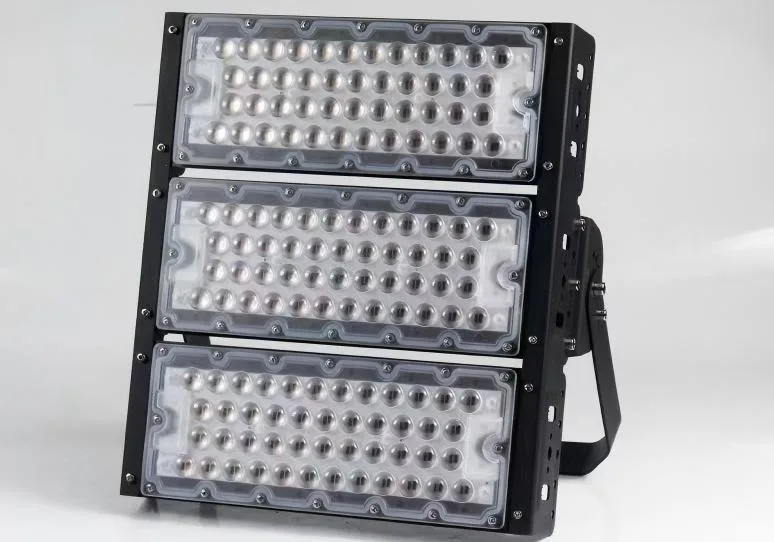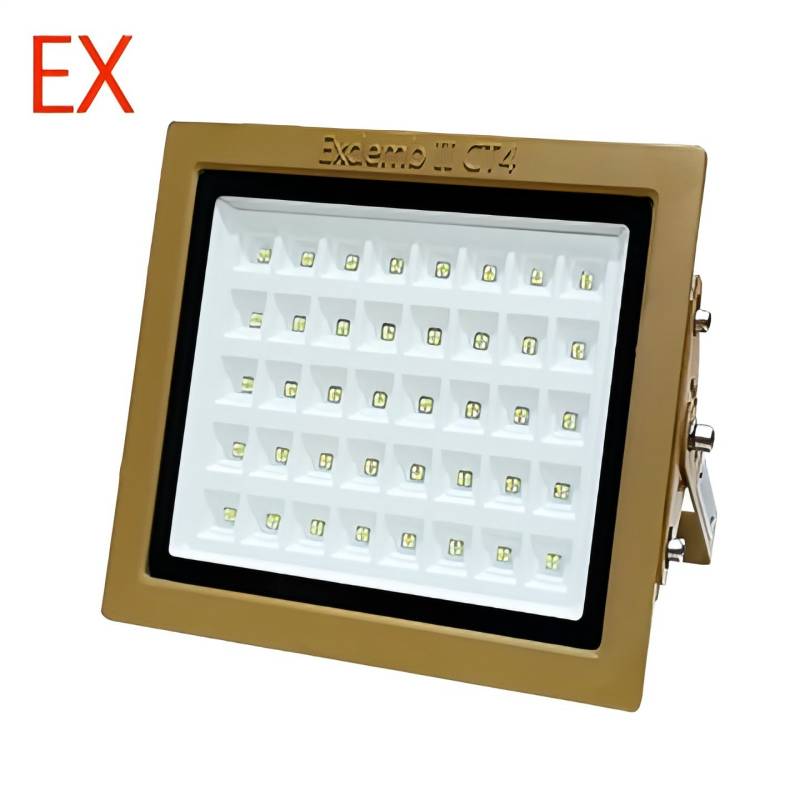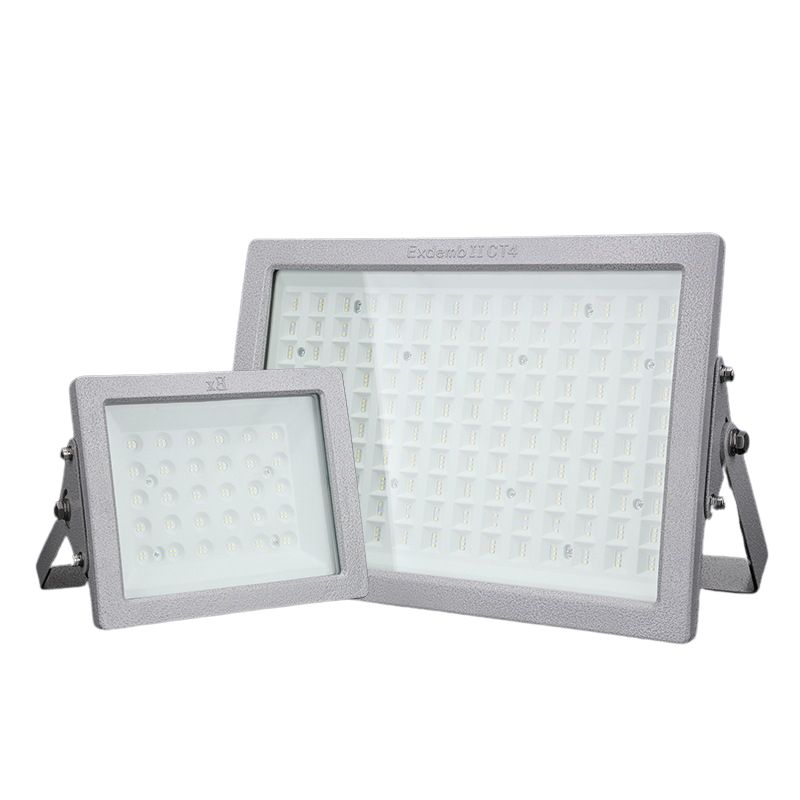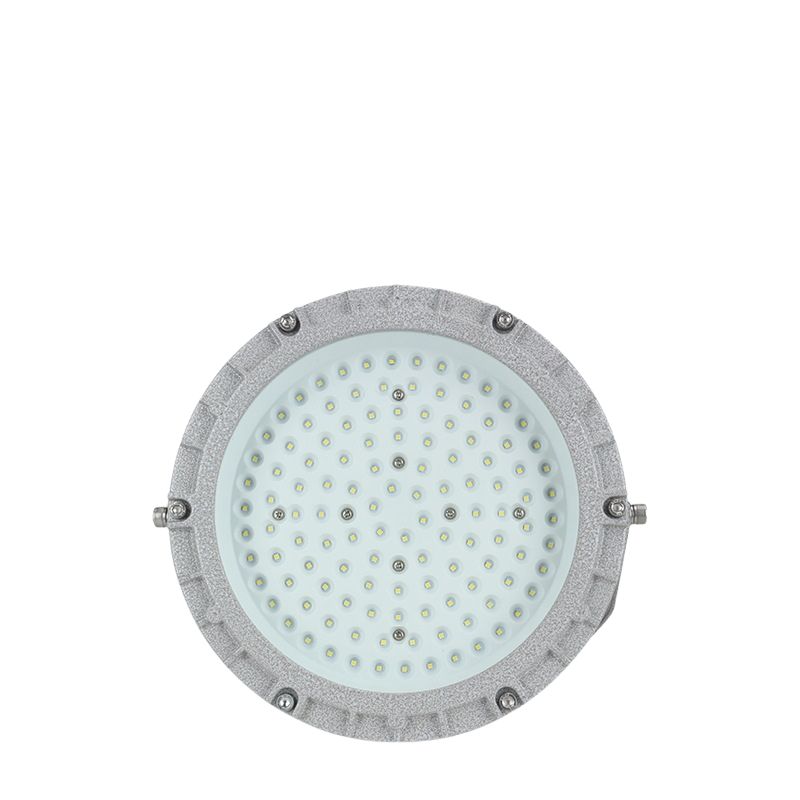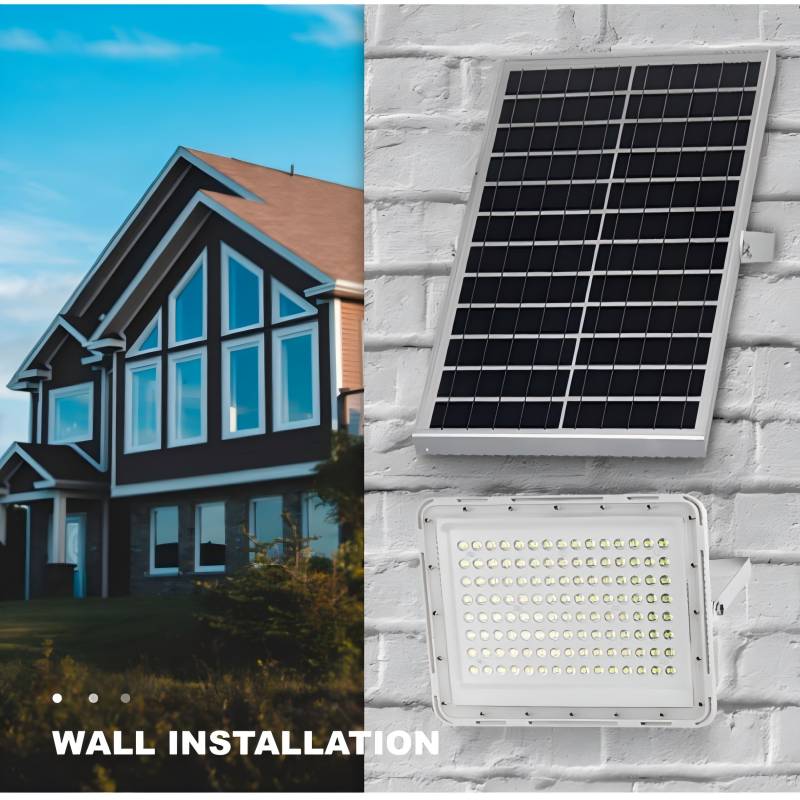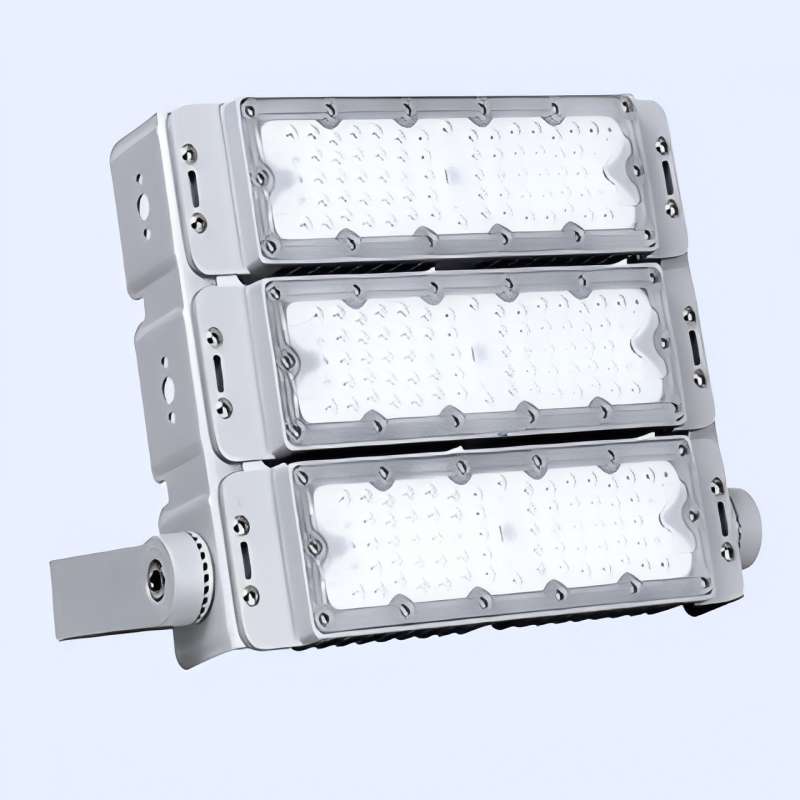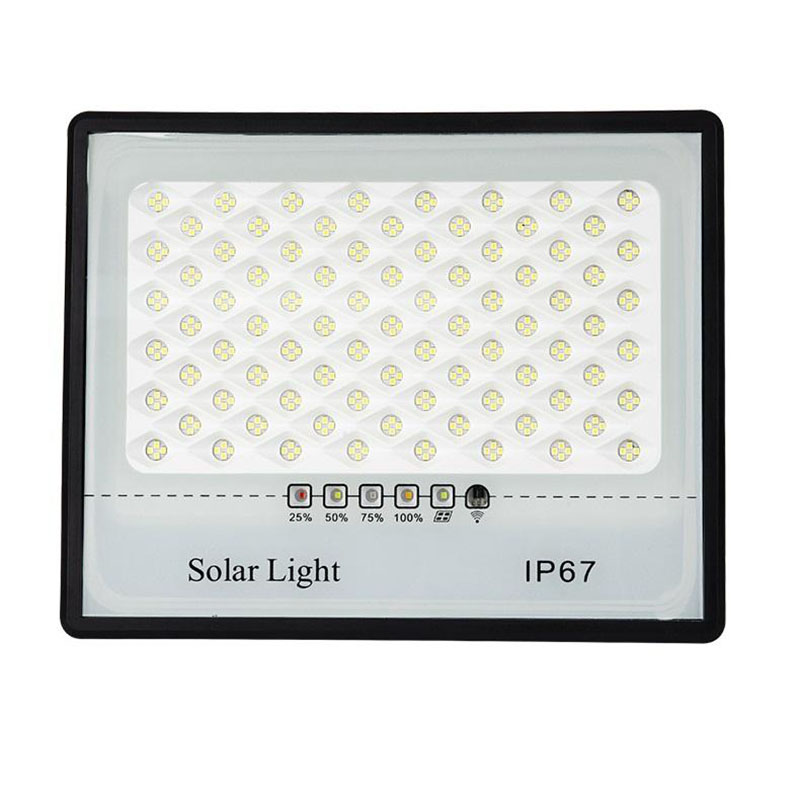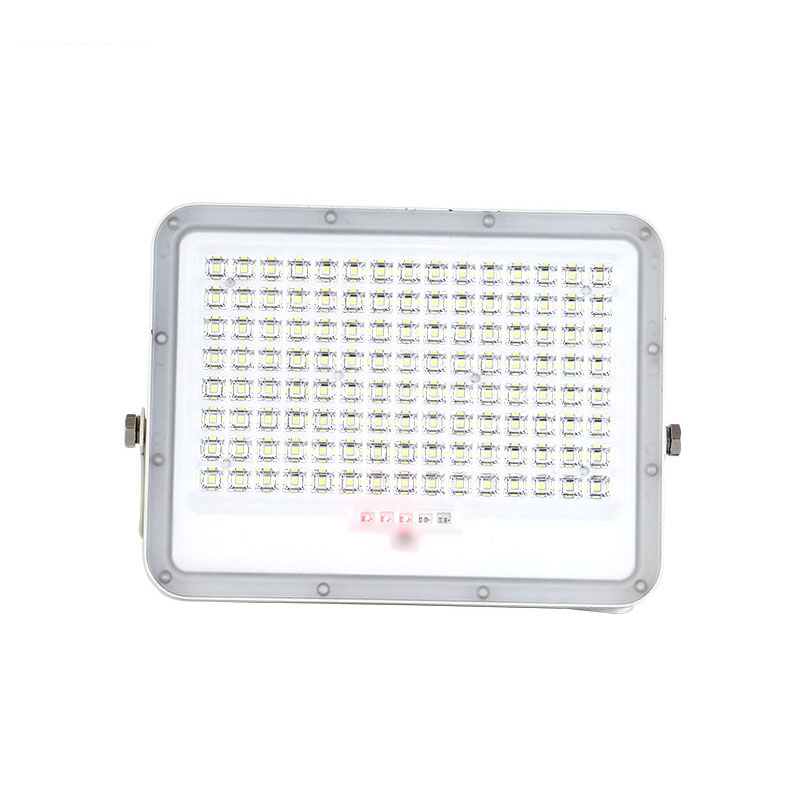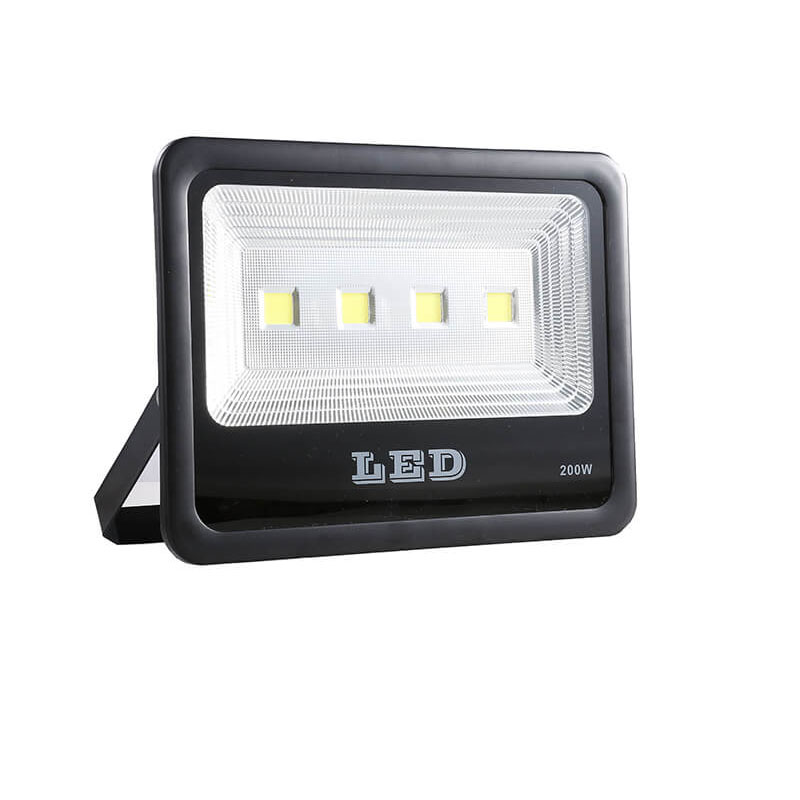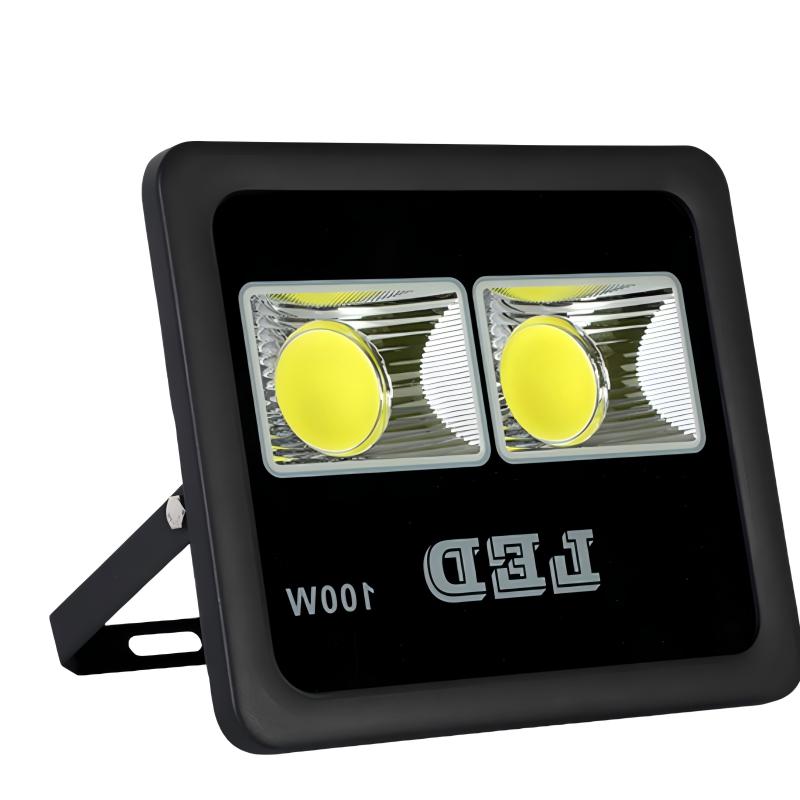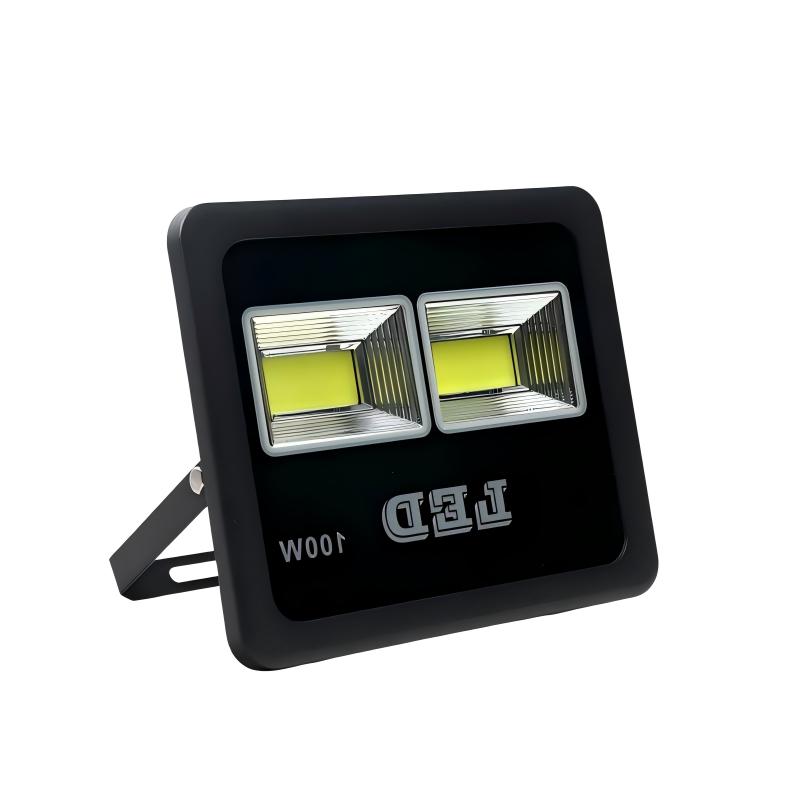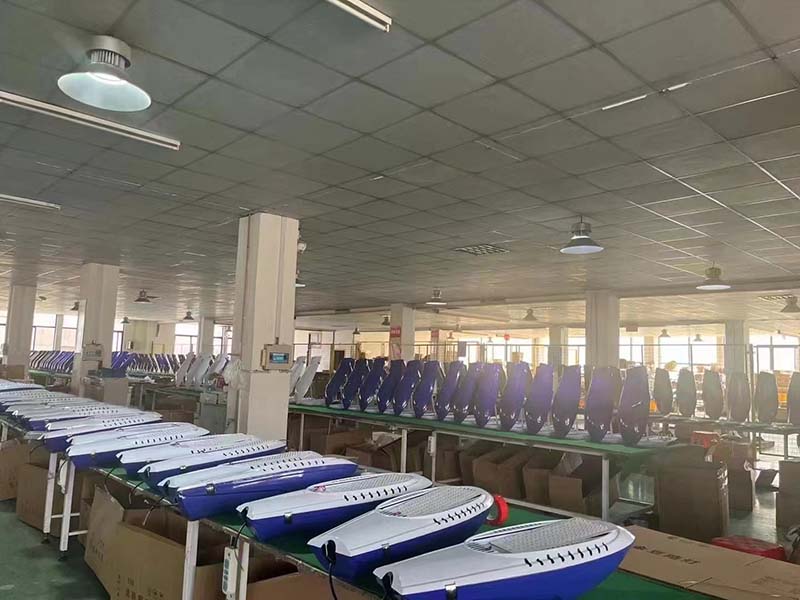Introduction
When you’re looking for outdoor lighting, you might wonder: How far can an LED flood light shine?
Whether you’re lighting a backyard floodlight, parking lot LED lighting, or sports field lighting, the answer depends on technical specs, environmental factors, and your specific needs. led outside flood lights are popular because they use less energy and last longer. But to get the most out of them, you need to understand what affects how far they shine. This guide will explain these factors and give examples for different wattages, so you can choose the best light for your space.
What Determines How Far a LED Flood Light Shines?
The distance a led flood light for outdoor can effectively illuminate isn’t just about flood light wattage. It’s a balance of four core factors:?watts vs lumens? Beam angle, installation height and angle, and environmental conditions. Let’s break each one down—they’re the foundation of understanding your light’s reach.
Lumens vs wattage: Brightness Isn’t Just About Power
Lumens (lm) measure the total visible light a source light emits. The higher the lumens, the brighter the light. Generally, halogen bulbs have lumens between 800-1000, while LED lights can have 2-3 times that at the same power. Xenon lights can also have even higher lumens.
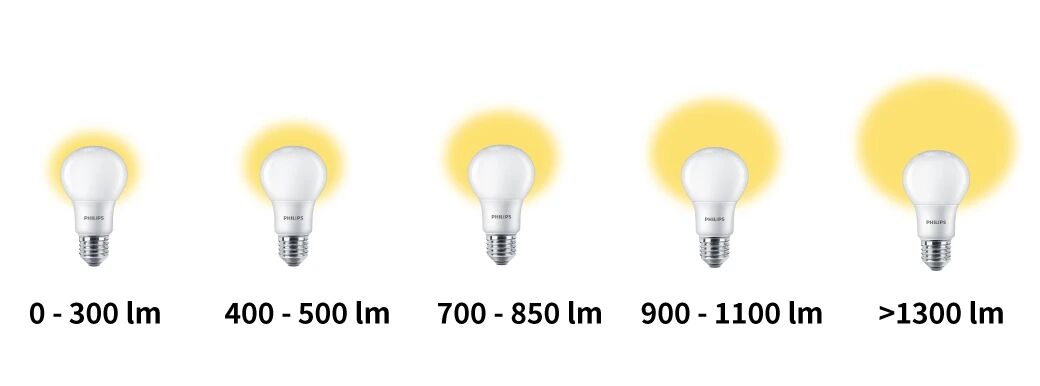
Because of this, a lower-watt LED can match or even beat the brightness of a higher-watt halogen or HID bulb. For example:
A 50w led floodlight (5,000–6,000 lumens) is equal to a 200W halogen bulb.
A 400w led flood light (20,000–24,000 lumens) is brighter than a 200W HID bulb while using 50% less energy.
While wattage can give you an idea of a light’s performance—higher led lights wattage usually produce more lumens, which means they shine farther—it’s always better to focus on lumens rather than wattage when choosing a light.
Led lamp beam angle: How Spread Affects Distance
According to the CIE definition: The area directly under the light is the brightest, which is the main beam axis (A).The angle formed between the two sides (C and C) at the point where the light intensity drops to 50% of the main beam is called the beam angle.
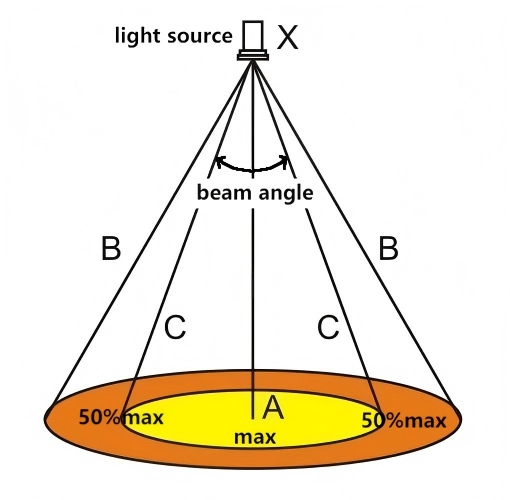
Narrow beam angles (10°–30°): Concentrate light into a tight beam, so it travels farther. Think of a flashlight—its narrow beam can reach far into the dark, but it only lights a small area.
Wide beam angles (90°–120°): Spread light over a large area, but the intensity drops off quickly, so the effective distance is shorter. Imagine a lantern—it lights up a whole room but won’t reach across a field.
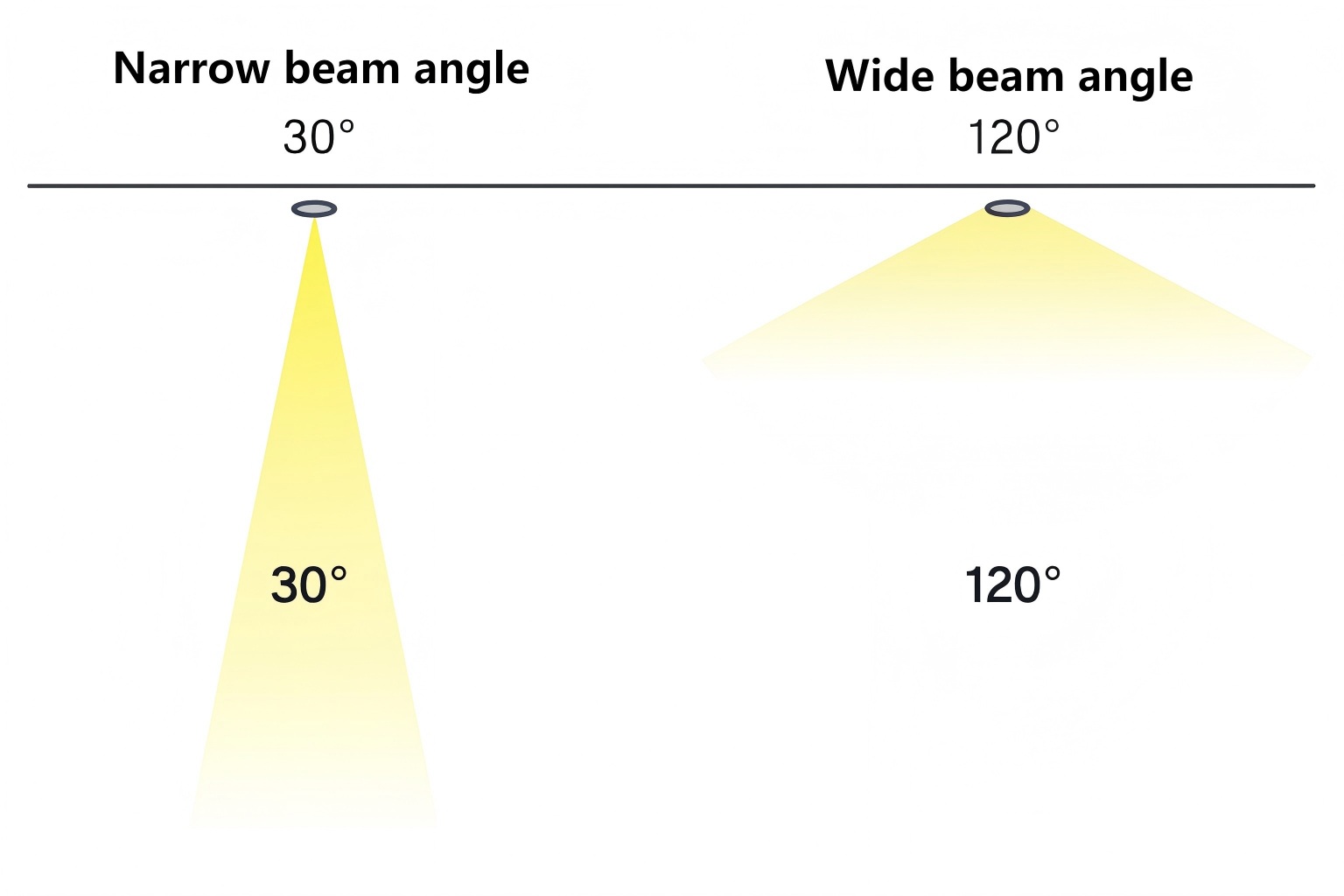
For example: A 100w led flood light with a 25° narrow beam can shine 75–100 feet (23–30 meters) effectively.
The same floodlight led 100w with a 120° wide beam might only reach 30–50 feet (9–15 meters), but it will cover a much larger area.
Led flood light mounting height & Angle: Position Matters
Where and how you mount your LED flood light directly impacts its reach:
Height: Mounting a led flood lighting higher expands its coverage area. For example, a 100w led flood light outdoor mounted at 10 feet (3 meters) might cover 500–800 square feet, but mounting it at 20 feet (6 meters) could extend coverage to 1,500–2,000 square feet. However, if you mounted flood lights too high, the lighting density at ground level will drop—balance is key.
Angle: Tilting the LED flood light downward at a 30°–45° angle prevents glare and ensures the beam hits the target area. A LED flood light pointed too high will waste brightness on the sky; pointed too low will only light a small patch of ground.
Most product pages don’t give the “coverage area” directly, but you can estimate it with a simple beam angle model.
For a beam angle θ and height h:
r=h× tan(θ/2)
A=πr2
For example: with a θ=120° beam angle and h = 3 m
r≈3×tan60°=5.20m
A=πr≈85 m2(≈915 ft2)
These numbers show the geometric coverage. The real effective coverage depends on the target brightness (like 10–20 lux), reflections, and light loss.
Environmental Conditions: The World Around Your Light
Even the best led flood light can’t overcome poor environmental conditions. Here’s what to watch for?
Obstacles: Trees, buildings, or fences block light. For example: street trees grow too fast and are not trimmed in time. The branches block the road space, and the tree canopy extends beyond the lamp arm, covering the floodlight led lamp 200w that should reach 100 feet might only go 50 feet if a tree stands in the way.
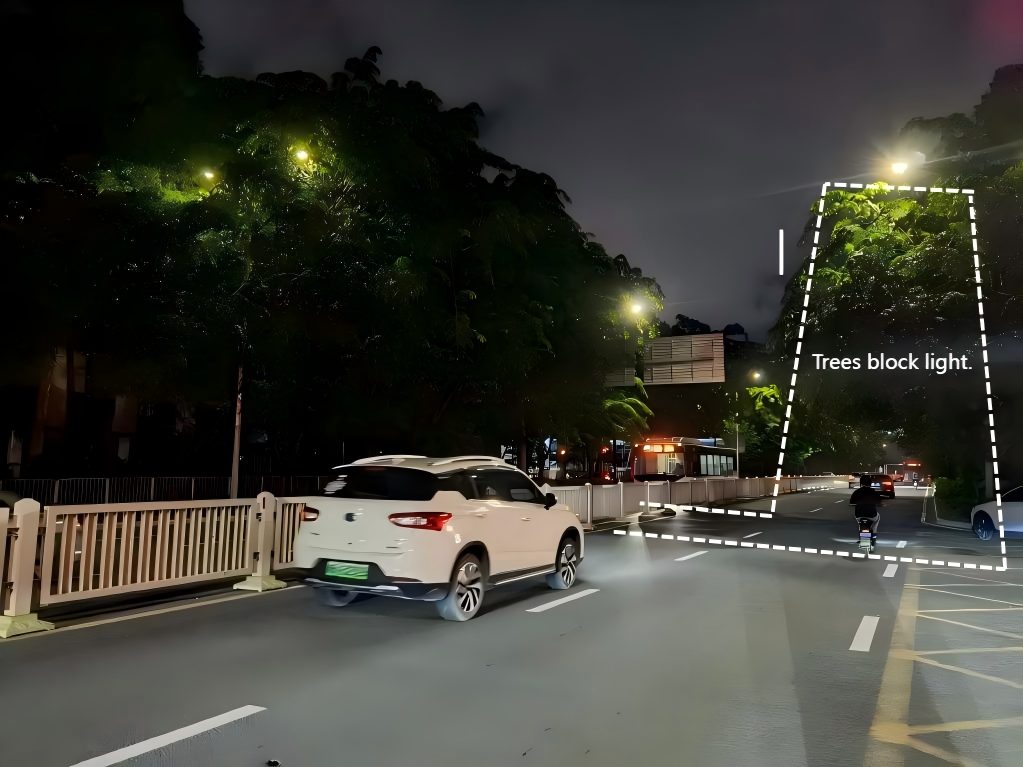
Weather: Rain, fog, or dust scatters light, reducing effective distance. In heavy fog, a light’s reach could drop by 20–30%.
Ambient light: Streetlights or nearby buildings’ lights wash out your flood light. A LED that shines 75 feet at night might only reach 50 feet during dusk.
Reflective surfaces: Smooth concrete or water can bounce light farther, while grass or dirt absorbs it. A light near a white wall might extend its reach by 10–15%.
How Far Can Different Wattage LED Flood Lights Shine?
Now that you understand the factors, let’s get to real numbers. Below is a breakdown of typical reach for common wattages, based on data from linkolights which provides detailed specifications on lighting distance and coverage. Remember: These are effective distance ranges (usually 10–20 lux), not just ‘visible’ distance.
Low wattage led flood lights(10W–50W): For Small Spaces
Low wattage flood lights are perfect for residential use—think patios, gardens, or small driveways. They’re energy-efficient and won’t blind your neighbors.
10w led flood light (1,000–1,200 lumens):
Effective distance: 8–10 feet (2–3 meters)
Flood light beam angle: 120° (wide, for coverage)
Best for: Garden paths, entryways, or small patios. The coverage area depends on height and target brightness.
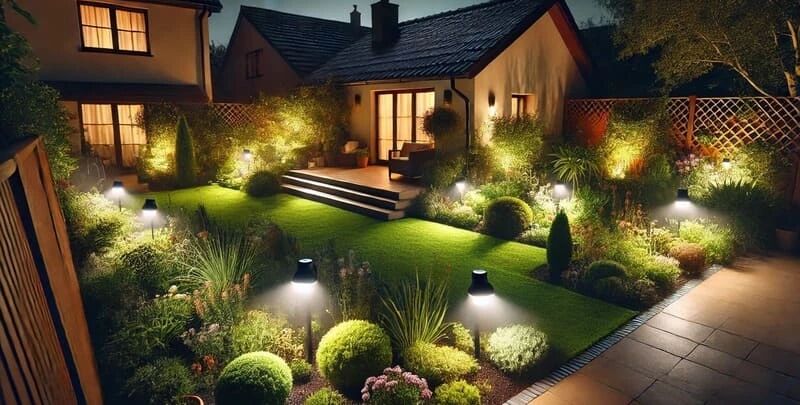
30w led flood light (3,000–4,500 lumens):
Effective distance: 30–50 feet (3–5 meters)
Led flood light beam angle: 90°-120° (medium, for balance)
Best for: Backyards, single-car driveways, or fence lighting. But the exact area still needs to be calculated based on the height and beam angle.
50w flood light led (5,000–7,000 lumens):
Effective distance: 10–18 feet (3–5 meters)
flood light beam angle 120 degree
Best for: Large backyards, double-car driveways, or small commercial entrances.The exact coverage area needs to be calculated based on the mounting height and the target illuminance.
Real example: linkolights tested a 50w flood light with a 120° beam angle. Mounted at 10 feet (3 meters), it covered 500–800 square feet—enough for a typical residential backyard. Mounted at 20 feet (6meters), coverage expanded to 1,200–1,500 square feet, but the ground brightness dropped from 20 lux to 10 lux.
Medium-Wattage LED Flood Lights (100W–150W): For Medium to Large Areas
Medium-wattage LEDs bridge residential and commercial use. They’re bright enough for parking lots or sports courts but not overkill for large homes.
100w led flood (10,000–13,000 lumens):
Effective distance: 75–100 feet (23–30 meters)
Beam angle flood light: 45°–60° (medium-narrow)
Best for: Commercial parking lots, small sports fields (like a basketball court), or industrial perimeters. As our reports that a 100w led flood with a 60° beam can cover 200–300 square feet per fixture in a parking lot—you’d need 4–5 for a 1,000-square-foot lot.
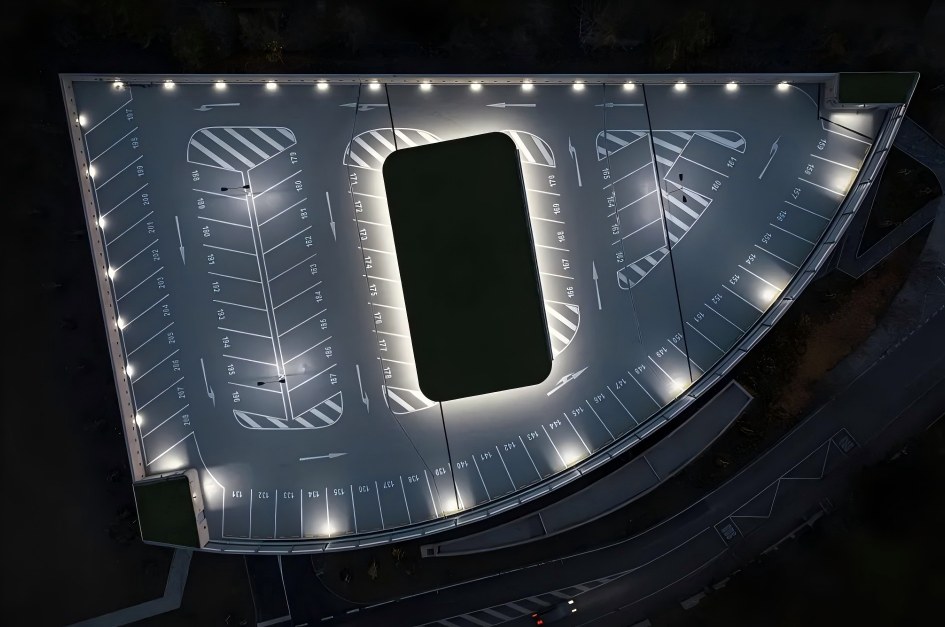
150w flood light (15,000–19,500 lumens):
Effective distance: 100–125 feet (30–38 meters)
Beam angle for led flood light: 30°–45° (narrower, for distance)
Best for: Large parking lots, tennis courts, or warehouse yards. Mounted at 15 feet (4.5 meters), it can cover 1,500–2,000 square feet—ideal for a small retail store’s parking area.
Real example: Linkolights tested a 100w led flood light bulb in a residential neighborhood. With a 45° beam angle and mounted at 12 feet (3.6 meters), it effectively illuminated a 50-foot (15-meter) driveway and the surrounding yard, with no glare for neighbors.
High wattage flood lights (200W–400W+): For Large Commercial & Industrial Spaces
High wattage led flood lights are for heavy-duty use—think stadiums, construction sites, or seaports. They’re powerful but require careful installation to avoid waste.
200w flood light led (20,000–26,000 lumens):
Effective distance: 100–150 feet (30–46 meters)
Beam angle: 25°–30° (narrow, for long reach)
Best for: Construction sites, large sports fields (like a soccer field), or airport tarmacs. As our experience that a 200w led flood light with a 30° beam can reach 150 feet (46 meters) in open areas—perfect for lighting a construction zone at night.
300w flood light led (30,000–39,000 lumens):
Effective distance: 150–200 feet (46–61 meters)
Beam angle: 15°–25° (very narrow)
Best for: Stadiums, seaports, or large industrial facilities. Linkolights tests that 300w led flood lights are used in small stadiums—mounted at 30 feet (9 meters), they can cover 2,000–3,000 square feet per fixture.
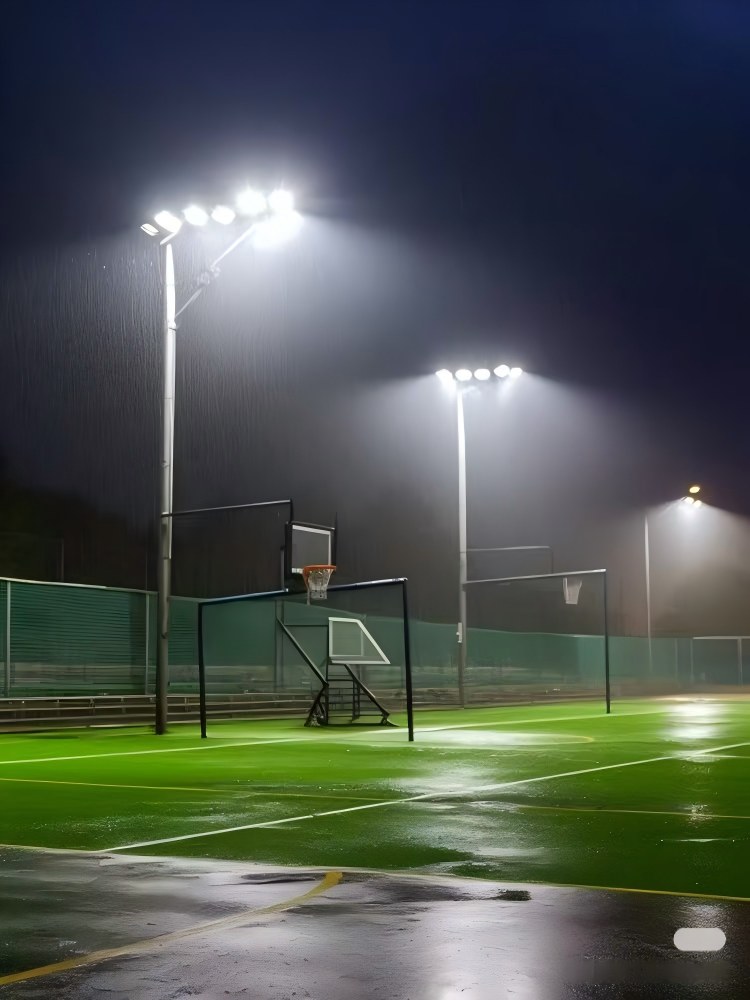
400w flood light led (40,000–52,000 lumens):
Effective distance: 150–300 feet (46–91 meters)
Beam angle: 10°–30° (ultra-narrow for maximum reach)
Best for: Large stadiums, highways, or airport runways.?Linkolights tested a 400w led flood light with a 10° beam angle—it reached 300 feet (91 meters) in an open field, with enough brightness (10 lux) to see details clearly.
Real example: A 400W LED flood light with a 30° beam angle was installed at a warehouse in Shenzhen. Mounted at 25 feet (7.6 meters), it illuminated a 200-foot (61-meter) loading dock and the surrounding area, replacing two 1,000W HID bulbs and cutting energy costs by 75%.
How to Maximize Your LED Flood Light’s Reach
You’ve chosen the right wattage and beam angle—now how do you make sure it shines as far as possible? Follow these practical tips to optimize performance:
Choose the Right exterior flood light beam angle for Your Goal
Don’t just pick a beam angle at random—match it to your needs:
Need distance: Go narrow (10°–30°). Use this for lighting far-off areas like a fence line or a sports field end zone.
Need balance:Go medium (45°–60°). This works for most driveways or small commercial lots—you get both distance and coverage.
Need coverage:Go wide (90°–120°). Use this for patios or parking lots where you want to light a large area, not just a far point.
Mount at the Optimal Height
Use this height guide to avoid wasting brightness:
Residential flood lights (10W–50W): 8–12 feet (2.4–3.6 meters). This keeps the light close enough to the ground for intensity but high enough to cover the space.
Commercial flood lights (100W–150W): 12–20 feet (3.6–6 meters). Higher mounting expands coverage for parking lots or courts.
Industrial led flood lights (200W–400W+): 20–30+ feet (6–9+ meters). For large spaces like stadiums, higher mounting ensures the light reaches every corner.
Minimize Obstacles & Use Reflectors
Clear the area: Trim trees, remove debris, or reposition the light to avoid blocking the beam. Even a small bush can reduce reach by 10–15%.
Add reflectors: If you can’t move an obstacle, use a metal or white reflector to bounce light around it. A simple aluminum sheet placed behind the light can extend reach by 5–10 feet.
Adjust for Weather & Ambient Light
Fog/rain: Use a higher-lumen light (e.g., step up from 100W to 150W) to compensate for scattered light. Some manufacturers make led weather resistant flood spot light with special lenses that cut through fog.
Bright areas: In cities with lots of flood lights exterior, use a narrower beam angle to concentrate light—this avoids washing out the beam with ambient light.
Use dimmer flood lights or flood lights with motion sensors (When Possible)
Dimmers let you adjust brightness for different times of day—turn it up at night for maximum reach, and down at dusk when ambient light is still present. Motion sensors ensure the light only turns on when needed, saving energy without sacrificing reach when it matters.
Common Myths About LED Flood Light Distance (Debunked)
There’s a lot of misinformation about how far led outside flood lights can shine. Let’s set the record straight on the most common myths:
Myth 1: “Higher Wattage = Farther Reach”
False. Wattage is energy use, not brightness. 200w flood light led with a 120° wide beam might only reach 50 feet, while a 100w flood light with a 25° narrow beam could reach 75 feet. Always check lumens and beam angle first.
Myth 2: “LED Flood Lights Can Shine 500 Feet Easily”
False. While some high-wattage LEDs (400W+) can visibly reach 500 feet, the light at that distance is too dim (less than 1 lux) to be useful. Effective reach for even the most powerful LEDs is 300 feet max—and that’s in perfect, open conditions.
Myth 3: “All LED Flood Lights Are the Same”
False. Quality matters. A cheap 100watt led might use low-grade chips that produce only 8,000 lumens (instead of 10,000–13,000), cutting its reach by 20–30%. Stick to reputable brands —they use high-quality components that deliver consistent brightness.
Myth 4: “You Can’t Mix Different Wattages in One Space”
False. Mixing wattages is a great way to balance coverage and distance. For example, use 50w outdoor led flood light for a residential backyard’s perimeter (wide beam, coverage) and a 100W LED for the center (narrow beam, distance to the far fence). Just make sure the color temperature (2700K–6500K) matches—mixing warm and cool light will look uneven.
FAQ
We’ve covered the basics, but you probably have specific questions. Here are answers to the most common ones, based on industry data and manufacturer guidance:
Q1: How far can a 10W LED flood light shine?
A1: A 10w flood light (1,000–1,500 lumens) with a 120° wide beam can effectively shine 15–30 feet (4.5–9 meters). It’s perfect for small areas like a garden path or entryway—you won’t get far reach, but you’ll cover the space evenly.
Q2: Can a LED flood light shine 100 feet?
A2: Yes, but you’ll need a medium to high-wattage model. A 100watt led (10,000–13,000 lumens) with a 45°–60° beam can reach 75–100 feet (23–30 meters) effectively. A 150w flood light bulb can go even farther—100–125 feet (30–38 meters).
Q3: How does beam angle affect how far a LED flood light shines?
A3: Narrow beam angles (10°–30°) concentrate light, so the beam travels farther. Wide beam angles (90°–120°) spread light over a large area, but the distance drops. For example, a 200w light bulb with a 25° beam can reach 150 feet, while the same 200W with a 120° beam might only reach 50 feet.
Q4: Do LED flood lights work in fog or rain?
A4: They work, but their reach will drop. Fog and rain scatter light, so a LED that normally reaches 100 feet might only go 70–80 feet in heavy fog. To compensate, use a higher-lumen light or a narrower beam angle to concentrate brightness.
Q5: How high should I mount my LED flood light for maximum distance?
A5: It depends on wattage:
Residential (10W–50W): 8–12 feet (2.4–3.6 meters)
Commercial (100W–150W): 12–20 feet (3.6–6 meters)
Industrial (200W–400W+): 20–30+ feet (6–9+ meters)Mounting too high will reduce ground brightness; too low will limit coverage.
Q6: Are LED flood lights better than halogen or HID for distance?
A6: Yes. LEDs are more efficient, so they produce more lumens per watt. A 50W LED (5,000 lumens) can reach as far as a 200W halogen (5,000 lumens) but uses 75% less energy. HID bulbs are bright but take time to warm up and have shorter lifespans (10,000–15,000 hours vs. LEDs’ 50,000 hours).
Conclusion: Choose the Right LED Flood Light for Your Reach
At the end of the day, the question “How far will a LED flood light shine?” has no one-size-fits-all answer—but it does have a clear process to find your answer:
Define your goal: Do you need to light a small patio (short distance, wide coverage) or a large sports field (long distance, narrow beam)?
Check lumens and beam angle: Prioritize lumens for brightness and beam angle for distance/coverage.
Consider your environment: Account for obstacles, weather, and ambient light.
Mount correctly: Use the optimal height and angle to maximize reach without wasting brightness.
LED flood lights are a smart investment—they save energy, last long, and adapt to almost any outdoor space. By understanding their reach, you’ll get the right light for the job, whether it’s a cozy backyard or a bustling stadium.
Ready to shop? Look for reputable brands, check the lumen count and beam angle, and don’t hesitate to ask manufacturers for distance data—they’ll often provide custom calculations for your space. With the right LED flood light, you’ll light up your area safely, efficiently, and effectively for years to come.
